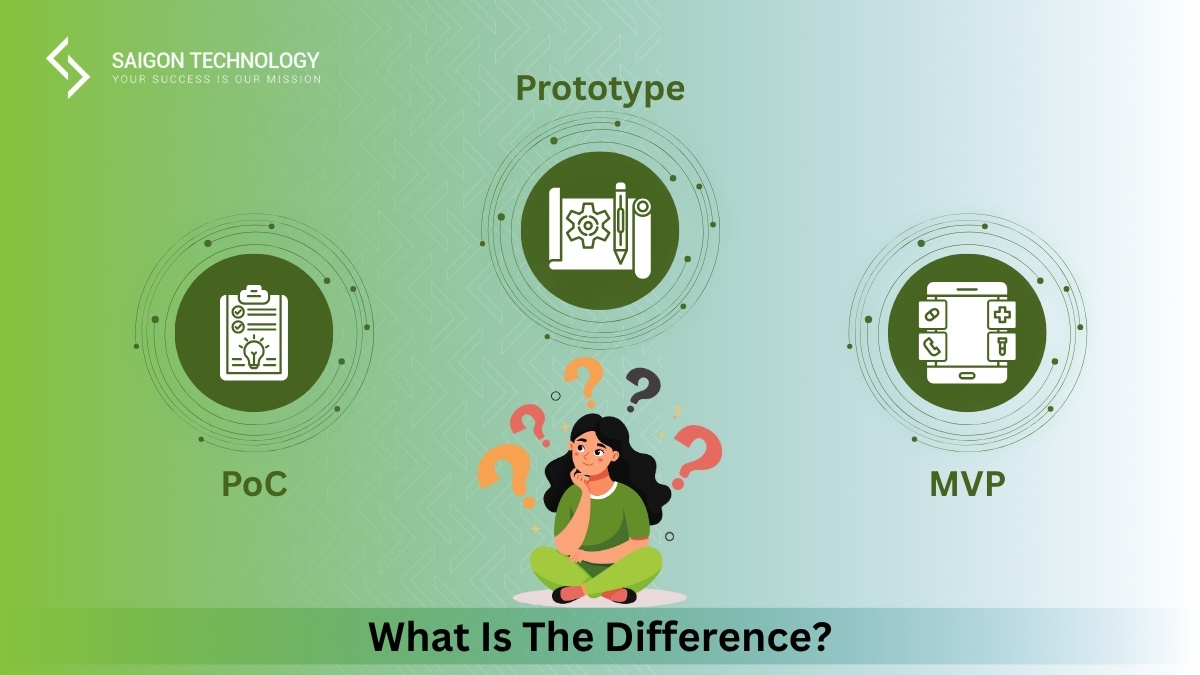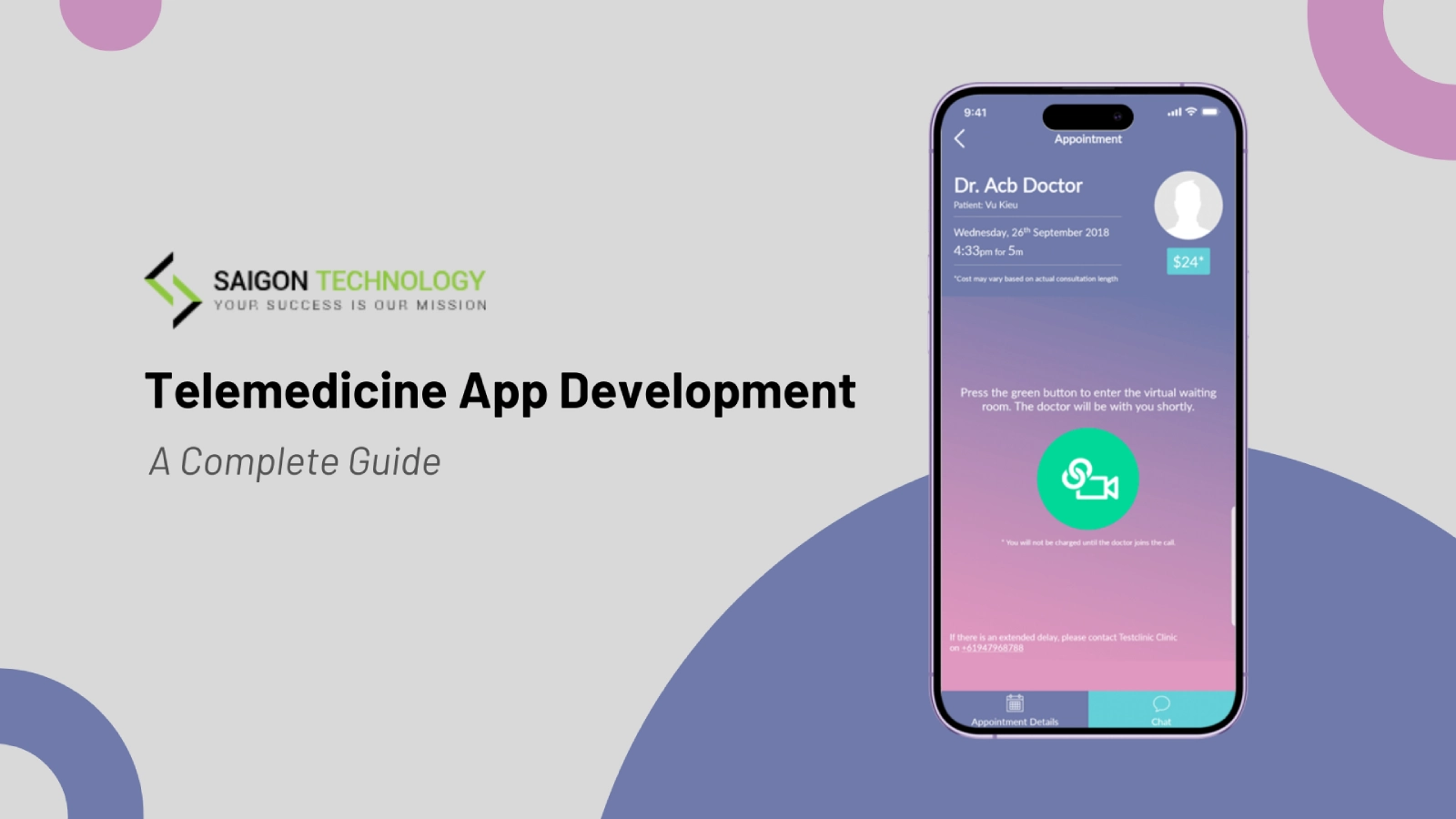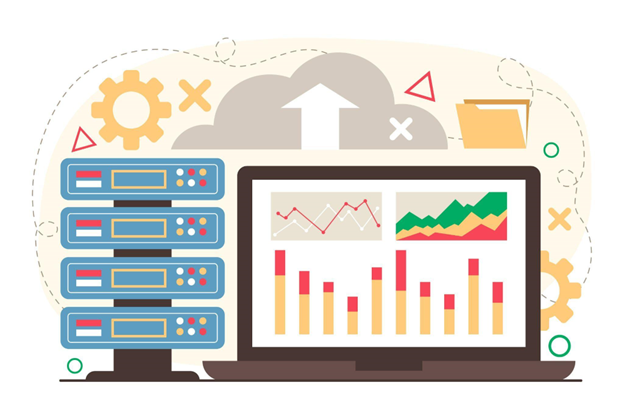Data representation is an important part of the software development process. To create efficient software, developers must have a comprehensive understanding of how data is represented. This article will explore what data representation is, its impact on the development process, and some commonly used representations.
Definition
Data representation is the method of storing and accessing data in an application or system, impacting how software developers work with data in the development process. Using it can enhance development times and application efficiency. Various types of representations exist, each possessing distinct benefits and drawbacks.
What are the Types of Data Representation?
There are three main types of data representations. These include:
- Text-based
- Database-based
- Object-oriented
Text-based representation
Text-based representations are the most common type of representation. They use characters to represent items.
Pros
- Text-based representations are easy to read and understand
- They can be edited with a text editor, which is a common type of software development tool
- It is also easy to convert to other formats, such as HTML or XML
Cons
- They can be difficult to parse and process
- It can take up a lot of space
Database-based representation
Database-based representations store data in tables. Tables are a way of organizing information in rows and columns.
Pros
- They are easy to query and update
- They can be used to represent complex data structures
Cons
- They require special software to view and edit
- It can be slow to access
Object-oriented representations
Object-oriented representations use objects to represent items. Objects are a way of representing information in software development.
Pros
- They have properties and methods, which are functions that can be performed on the object
- Object-oriented representations are easy to understand and use
- They can be reused in other applications.
Cons
- They can be difficult to create
- It can be difficult to maintain
Concepts of Data Representation
The development process can be broadly divided into two phases: conceptualization and implementation. In the conceptualization phase, the development team decides how the data will be represented in the system. This decision is based on a number of factors, including performance requirements, development time constraints, and future maintenance considerations. The chosen method will significantly impact the software development making process and the final product. This impact is often observable when using custom software development services.
There are two main types of data representation in digital computers: ASCII and Unicode. ASCII (American Standard Code for Information Interchange) is the most common form. It uses a fixed-length code to represent characters, which makes it simple to implement but limited in its ability to represent international character sets.
On the other hand, Unicode is a newer standard that uses a variable-length code to represent characters. It supports a much wider range of characters than ASCII but is more complex to implement.
The choice can have a significant impact on development time and application performance. In general, using a more complex data representation will result in longer development times but improved performance. For example, using Unicode will usually take longer to develop than using ASCII, but the resulting application will be able to support a wider range of characters.
When selecting a data representation, one must weigh the trade-offs between development time and performance. Typically, a more intricate data representation yields superior performance. Nonetheless, if development time is a priority, opting for a simpler data representation may be optimal.
Why Do We Use Data Representation?
Data representation is used in order to more easily store, organize, and access data within the application. Different methods can be used in order to achieve different development goals. For example, if development time is a priority, a faster method of data representation may be used. If efficiency is the goal, then a more efficient method of data representation may be used.
There are many different methods, each with its own advantages and disadvantages. Some common methods include arrays, linked lists, trees, and hash tables. In the next section, we will discuss some of the most common methods and how they affect software development.
Arrays
Arrays are a type of data structure that store data in a linear fashion. That is, it is stored in sequential order within the array. Arrays are generally fast to access and update, making them a good choice for development where speed is a priority. However, arrays can be inefficient when it comes to memory usage, as they require a contiguous block of memory in order to store the data.
Linked lists
Linked lists are another type that store data in a linear fashion. However, unlike arrays, linked lists do not require a contiguous block of memory. This can be advantageous when it comes to memory usage, as linked lists can be more efficient than arrays. However, linked lists can be slower to access and update than arrays, making them a less ideal choice for development where speed is a priority.
Trees
Trees are a type that store data in a hierarchical fashion. That is, the data is stored in a parent-child relationship within the tree. Trees are generally more efficient than arrays when it comes to memory usage, as they do not require a contiguous block of memory. However, trees can be slower to access and update than arrays, making them a less ideal choice for development where speed is a priority.
Hash tables
Hash tables are a type that store data in an associative fashion. That is, the data is stored in a key-value pair within the hash table. Hash tables are generally fast to access and update, making them a good choice for development where speed is a priority. However, hash tables can be less efficient than arrays when it comes to memory usage, as they require more memory to store the data.
Final Word
Data representation is a critical part of software development and application development. How data is stored and accessed can have a major impact on development time and application efficiency. Understanding the different methods of data representation is essential for any software developer.











